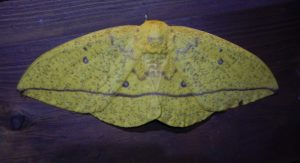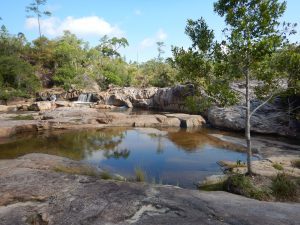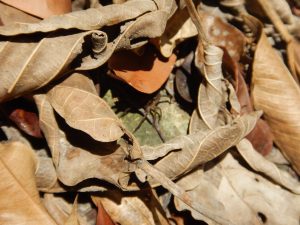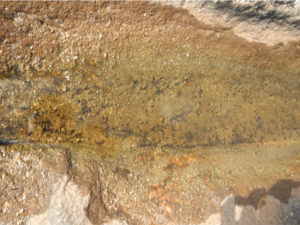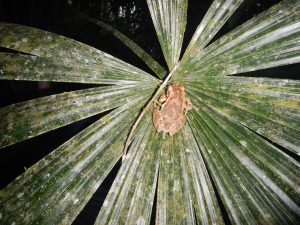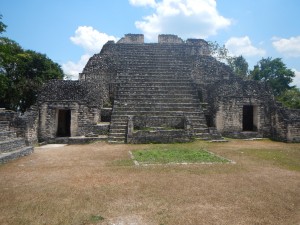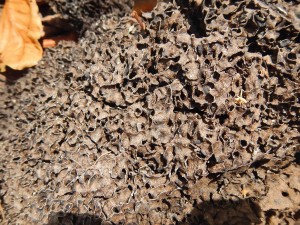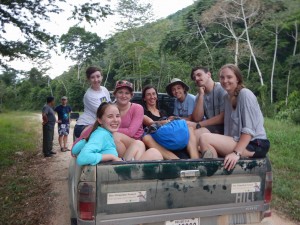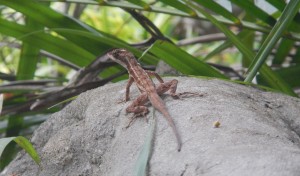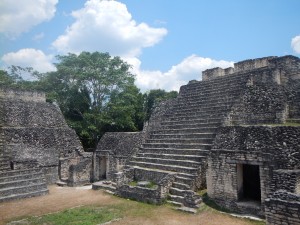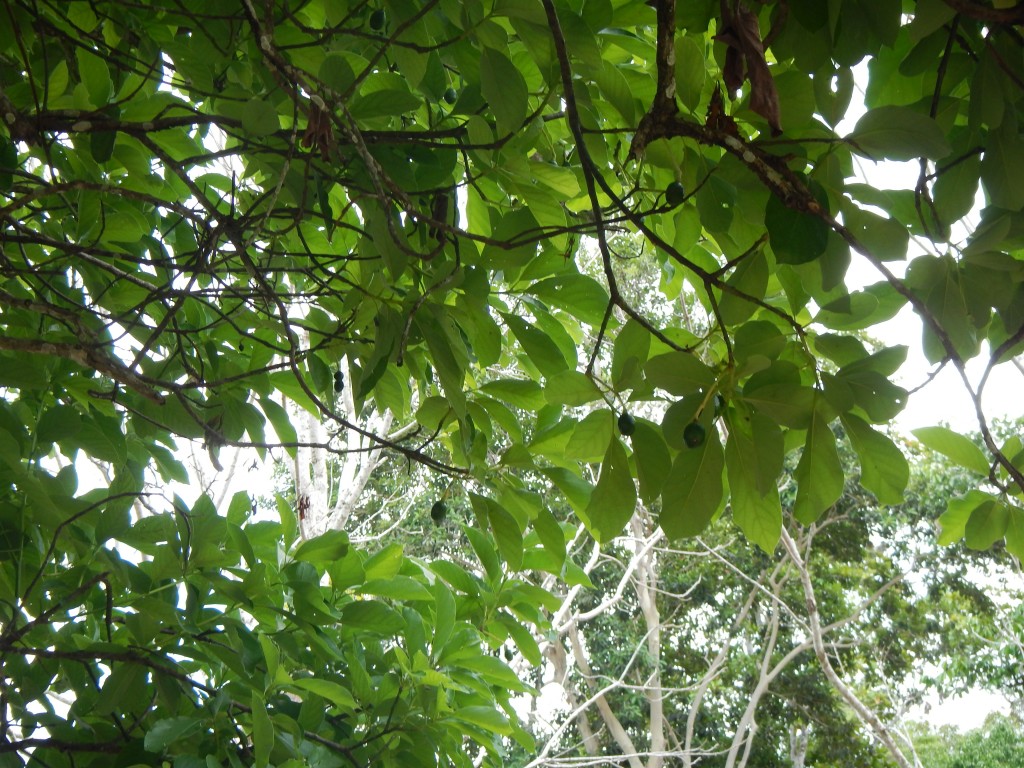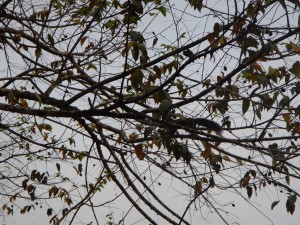May 15th, 2019
I had a nice 5:50 wake up to the sound of birds and a particularly loud woodpecker. We ate breakfast at 6:15 which consisted of eggs, papaya and pineapple, fry jacks (fried dough) with jam, and some beans. After a little more than an hour, we left the ecolodge to head to the Caracol ruins.
Caracol used to be a large Mayan city that flourished. On the way we passed into the Pine Ridge region of Belize where the dominant tree species are Caribbean Pines. We stopped for a swim at Rio on Pools, water pools that have been formed by flowing water whittling away granite. The rocks were slippery and treacherous but somehow I made it through the whole time, only falling once.
We left Rio on Pools and arrived in the Chiquibul region and reached Caracol. There were so many beautiful butterflies at Caracol and the calls of birds permeated the surrounding jungle. Once there we were given a brief overview of the Maya’s. Our guide went through a typical city layout, their religion, the cause of the abandonment of Caracol, and how excavations started. We explored the Caracol ruins, climbing up the tallest building in Belize (besides some small skyscrapers in Belize city), seeing temples and tombs, as well as seeing an original piece of painted wood supporting one of the temple archways.
As we were walking back from the Mayan ruins, we saw a troop of Black Howler Monkeys hanging in the trees above us near a reservoir. Black Howler Monkeys get their name from the loud and low call that they produce due to an enlarged Adam’s apple and the male’s black hair. Besides seeing them for the first time in person, one interesting thing is that I did not see any females in their troop despite seeing a juvenile monkey, the females have blonde hair.
After eating lunch, we set off to Las Cuevas Research Station. Not counting getting stopped at a military checkpoint for a few minutes, we got to the station without a hitch. Once we settled in we were greeted by intense but brief rainfall followed by a multitude of birds flitting about. There were several vultures, a grey Kite (a raptor), and the crown jewel a Scarlet Macaw.
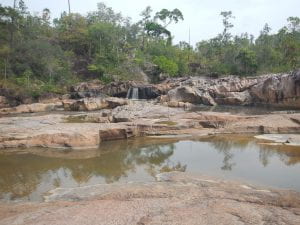
We ended the day with dinner and lectures about trees, birds, and tropical soil. We’re going hiking to place camera traps and I can’t wait to see the rainforest first hand.


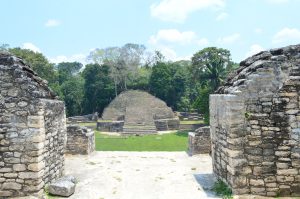
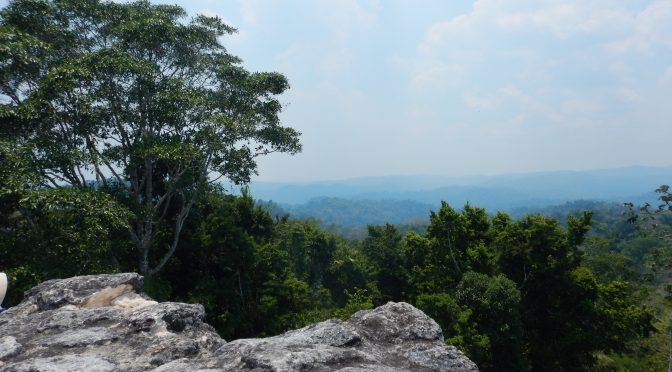
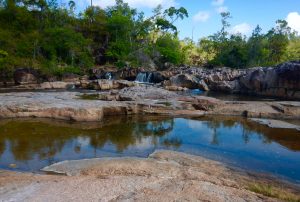 Rio On Pools!
Rio On Pools!

